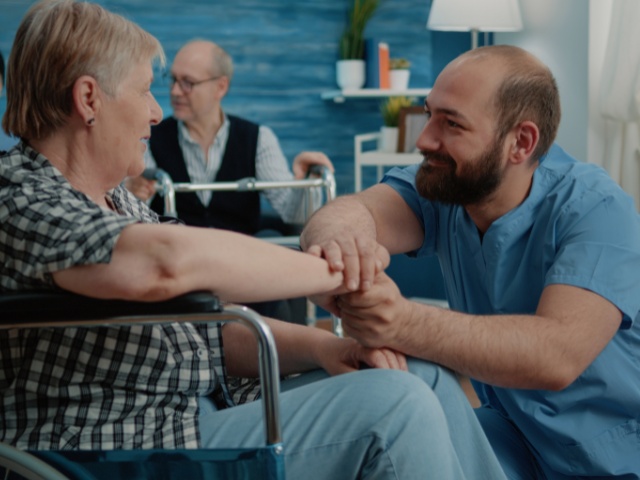
Community-Driven Palliative Care in Kerala
Introduction
Kerala has long been recognized for its strong sense of community and progressive healthcare initiatives. Within this framework, community-driven palliative care has gained momentum, bridging the gap between formal medical facilities and home-based support. This approach harnesses local resources, volunteer networks, and cultural traditions to deliver more accessible and compassionate care.
Roots of Community Engagement
Historically, Kerala’s tightly knit neighborhoods have come together to celebrate festivals and support each other during hardships. This communal spirit naturally extends to healthcare, where neighbors and local groups organize fundraisers, food drives, and volunteer support for patients who lack family caregivers. Such grassroots efforts lay the foundation for community-driven palliative care programs.
Key Components
1. Volunteer Training: Members of the community receive basic medical and counseling skills, enabling them to assist bedridden or chronically ill neighbors.
2. Local Resource Centers: Churches, mosques, or community halls sometimes double as distribution centers for medical supplies like wheelchairs or diapers.
3. Awareness Campaigns: Posters, workshops, and social media initiatives inform the public about palliative care, encouraging earlier engagement and reducing stigma.
Collaboration with Healthcare Providers
Non-governmental organizations (NGOs) and local healthcare institutions often work hand in hand to run mobile clinics or organize medical camps in remote areas. These collaborations ensure that professional medical oversight complements the volunteer network. Professionals may step in for complex treatments or provide telemedicine consultations when in-person visits are not feasible.
Impact on Patients and Families
Community-driven palliative care keeps patients close to their support networks, improving emotional well-being and enhancing treatment adherence. Families also benefit from shared responsibilities, which lessen the financial and logistical burden of constant medical appointments. For individuals without immediate family, community volunteers often become like extended relatives, offering companionship and basic caregiving tasks.
Challenges and the Way Forward
The biggest hurdles include funding constraints and a shortage of trained volunteers. Sustaining momentum requires ongoing community education, collaboration with government agencies, and innovative fundraising methods. Despite these challenges, success stories abound—demonstrating that community involvement can significantly enhance the scope and quality of palliative care.
Conclusion
Kerala’s approach to community-driven palliative care is both culturally resonant and highly effective. By leveraging social bonds and local resources, this model ensures that even the most vulnerable receive dignified, continuous care. As more regions adopt similar strategies, the hope is that no individual will have to face a debilitating illness alone. The collective spirit that powers Kerala’s neighborhoods can serve as a blueprint for compassionate, community-based healthcare worldwide.





